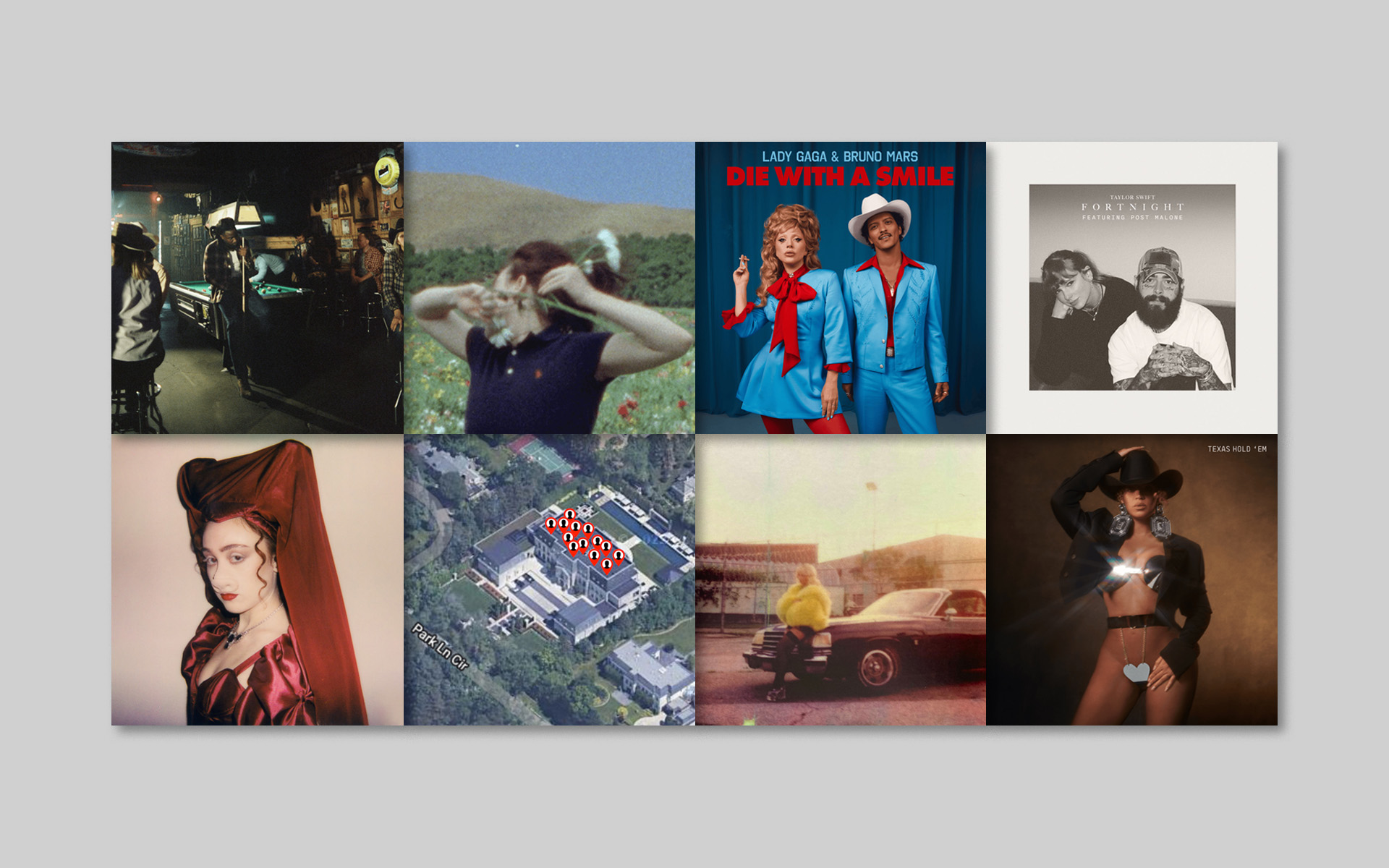When songwriters write with any regularity, it’s natural to reach a point where many of our songs sound vaguely similar. These consistent characteristics define our current style, and can be the very hallmarks that draw listeners to our music and collaborators to want to write with us. But too much of the same thing can make us feel stuck, bored with our creativity. When we’d like to grow as artists and creators, it’s no fun staring at an empty page and seeing only turns of phrases we’ve already used, chord patterns we’ve already explored, melodies we’ve already sung, or grooves that have outlived their welcome.
So how do we break a style and aim for something different when we can’t even say what different sounds like? We start naming the little devils in the details that characterize our style. Then, quite intentionally, do something different. Here are five intentions that result in songs that break your mold.
1. Don’t Take Tempo, Key, or Groove for Granted
Before we even pour the footings, we’ve already laid down plans for the building. We set the mood with our instrumental vocabulary, such as the key we’re comfortable playing in and the strumming pattern or keyboard groove. This, in turn, suggests lyrical content and excludes imagery, words, and phrases or concepts we aren’t accustomed to associating with that mood. Instead, find a new groove or strumming pattern to add to your vocabulary, or put down your instrument altogether. Don’t be too proud to use a capo to change the key, in turn changing the starting point and range of the melodies you write. If your tendency is to start strumming around 120 BPM, take the same groove and slow it way down or speed it up. Adjust the groove to accommodate the new tempo and spend a moment simply feeling what the musical mood is saying lyrically and melodically at this new tempo.
2. Lock the Door and Crawl in a Window
It’s natural to lead with our strengths. When we feel more skillful as vocalists than as instrumentalists, the melodies of our songs will shine and get our utmost attention. If we’re comfortable with words, our tendency might be to use them as the front door to the songs we write. But the danger of always writing a song from one entry point is that other elements bend to support, rather than define the sound. Giving every element of a song from melody, lyric, chords and groove equal attention at all times is impossible. We have to toggle our focus between different elements to ensure they all grow and improve. So whether we write melody and lyric together, or start with a groove and a chord progression, determining to focus on an element that has always been an afterthought can be a great way to foster a new sound until you can adopt it as part of your intuitive ‘family’ of writing tools.
LEARN SONGWRITING ONLINE WITH BERKLEE!
3. Define Your Style
If you’ve ever tried writing a bio for your band, you know how hard it is to describe your own music. But instead of summing up your essence as a musician, dig into the specifics of each song, looking at melody, harmony, lyrics, and groove to define your style. For lyrics, consider whether you’re wordy or sparse. Are your concepts youthful or mature, and is the language more concrete and reality-based or abstract, metaphorical, and hovering around fantasy? In terms of melody, do you tend towards clusters of notes that serve a lyric story or wide intervals that showcase your vocal? Do you sing rhythmic melodies with short punchy lyrics, or long and winding melodic phrases that enable storytelling or dramatic moments? Do you keep your chords diatonic and grooves straightforward, or do you play with borrowed chords, treat bass lines like melodies, or start with loops you can layer on? Another great exercise is to ask other people how your personality comes through in your music. Have them list 5-10 adjectives that describe your personality. It’s likely you’ll find those same qualities shining through in your music.
4. Don’t Work Alone
When we allow our song to be influenced by someone else’s ideas, we’re learning to see a vantage point that’s not our own. This can feel uncomfortable at first, and end in a trainwreck of a song if we don’t find the common ground that connects our viewpoints with our collaborator’s viewpoints. The trick to successful collaboration is to keep communicating our vision, and keep listening intently to the vision of our partner in song. When we can hold loosely to our understanding while trying on our collaborator’s ideas, we’re likely to see the song for what it is and the experience it causes for its future audience.
5. Listen Outside Your Genre
Sometimes artists and writers shy away from experimenting with a variety of styles and genres for fear it dilutes their brand. No question it’s important to know our market if we want to design and act on a focused business plan. But closing ourselves off from influences outside our genre can result in us replicating what’s already out there, rather than innovating from the inside out. Our job as writers is to keep pushing our own boundaries. Then, when it’s time to find that thin red line running through all our songs, we can look to outside help from musicians we trust. Every writer goes through periods of boredom, having to search for new direction and interest. In a way, these stale periods are the precursor to greater insight. Ideas that used to be novel are now familiar. Skill we used to celebrate is now second nature. Revel in it! You’ve evolved and you didn’t even realize it.












